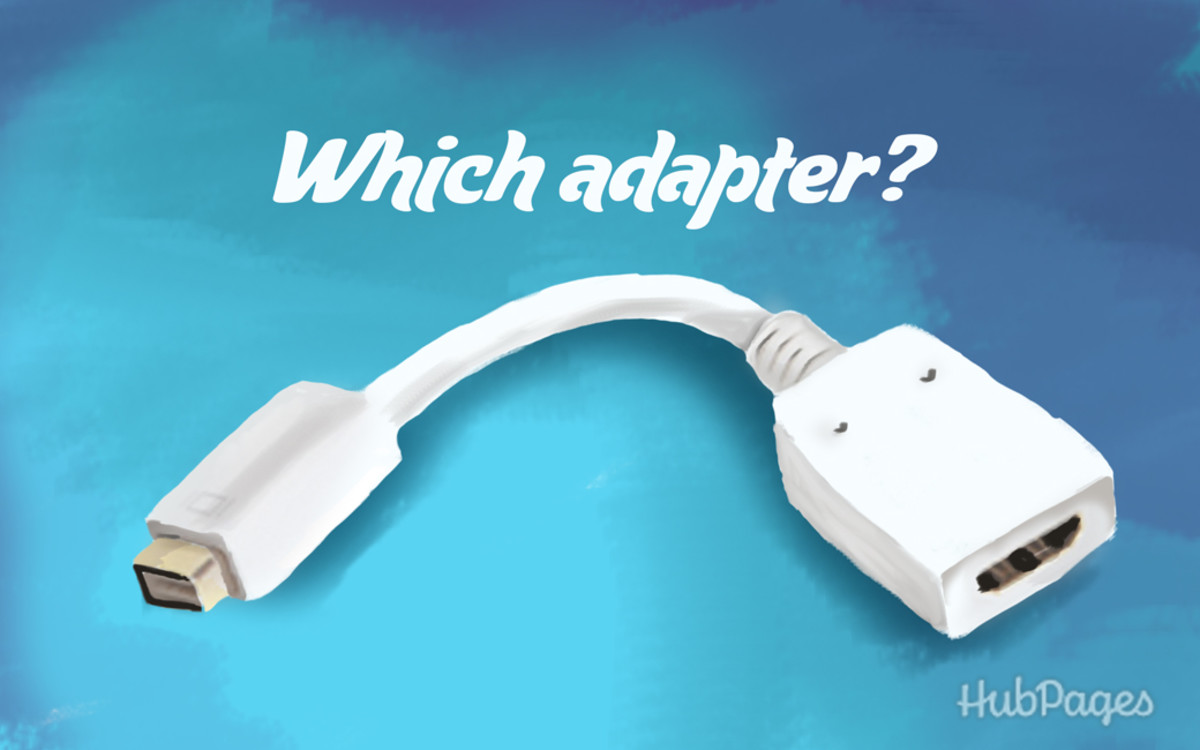

- WHY IS IT ON A DIFFERENT DESKTOP FOR HDMI FOR MAC HOW TO
- WHY IS IT ON A DIFFERENT DESKTOP FOR HDMI FOR MAC FULL
- WHY IS IT ON A DIFFERENT DESKTOP FOR HDMI FOR MAC PC
If you don’t see the icon, go to the System Preferences menu, then Displays, and then look for the checkbox in the bottom left that says “Show mirroring options in the menu bar when available.” That box needs to be checked for you to see the AirPlay icon in the menu bar. That icon looks like a rectangle with an arrow pointing up at the bottom. Then, go to your Mac and find the AirPlay icon on your Mac’s menu bar. First, turn on your iPad and unlock it, then set it aside. Once you have that all set up, you can turn on Sidecar. If you have your equipment ready and everything up to date, then make sure both your Mac and iPad are signed into the same iCloud account and that you have two-factor authentication turned on. Both work well, but a wired connection should have a little less latency and lets you charge your iPad from your Mac while you’re using Sidecar. You’ll also need to be on the right firmware your Mac will need to be on macOS Catalina and your iPad needs to be on iPadOS 13.0.īefore you get Sidecar set up, you’ll also have to decide if you want to use Sidecar over a wireless or over a wired connection. You can check Apple’s list of supported devices right here.


If you want to use macOS Catalina’s Sidecar feature to share your Mac’s screen with your iPad, first make sure you have a Mac and an iPad that both support the feature.
WHY IS IT ON A DIFFERENT DESKTOP FOR HDMI FOR MAC PC
(We’ll offer advice for how Windows PC users can set up an external monitor in an upcoming article.) Using Sidecar with an iPad
WHY IS IT ON A DIFFERENT DESKTOP FOR HDMI FOR MAC HOW TO
I’ll walk through how to set up both options in this guide. If you don’t have an iPad, you can connect a separate monitor to your Mac. If you have an iPad and a Mac, Apple offers a handy feature called Sidecar that lets you use your iPad as a second display. If you’re considering adding another screen to your macOS setup to help fix that laptop hunch or just to add some extra screen real estate, read on. To fix that, I’ve found that plugging my laptop to an external monitor on my desk is essential for me to be productive.
WHY IS IT ON A DIFFERENT DESKTOP FOR HDMI FOR MAC FULL
But it’s really hard for me to put in a full workday hunched over one.

It’s great to do work while lounging in my favorite chair or at a coffee shop (when we could still do that). Using docks or daisy-chaining devices doesn't increase the number of displays you can connect.Every computer I’ve called my own for work or personal use has been a laptop.On Mac mini, you can connect a second display to the HDMI port.On iMac, connect your display to either of the ports with the Thunderbolt symbol. On iMac, Mac mini, MacBook Air, and 13-inch MacBook Pro, you can connect one external display using either of the Thunderbolt / USB 4 ports.You can connect up to two external displays to your Mac using the Thunderbolt 4 (USB-C) and HDMI ports.On Mac Studio, you can connect up to five external displays to your Mac using the Thunderbolt 4 (USB-C) and HDMI ports on the back of the computer.On MacBook Pro, you can connect up to four external displays to your Mac using the Thunderbolt 4 (USB-C) and HDMI ports.You can connect up to five external displays to your Mac using the Thunderbolt 4 (USB-C) and HDMI ports on the front and back of the computer.If you're using a Mac Studio with M1 Ultra: To find out which chip your Mac has, choose Apple menu > About This Mac. On Mac computers with Apple silicon, you can connect up to 5 displays depending on the chip in your Mac.


 0 kommentar(er)
0 kommentar(er)
